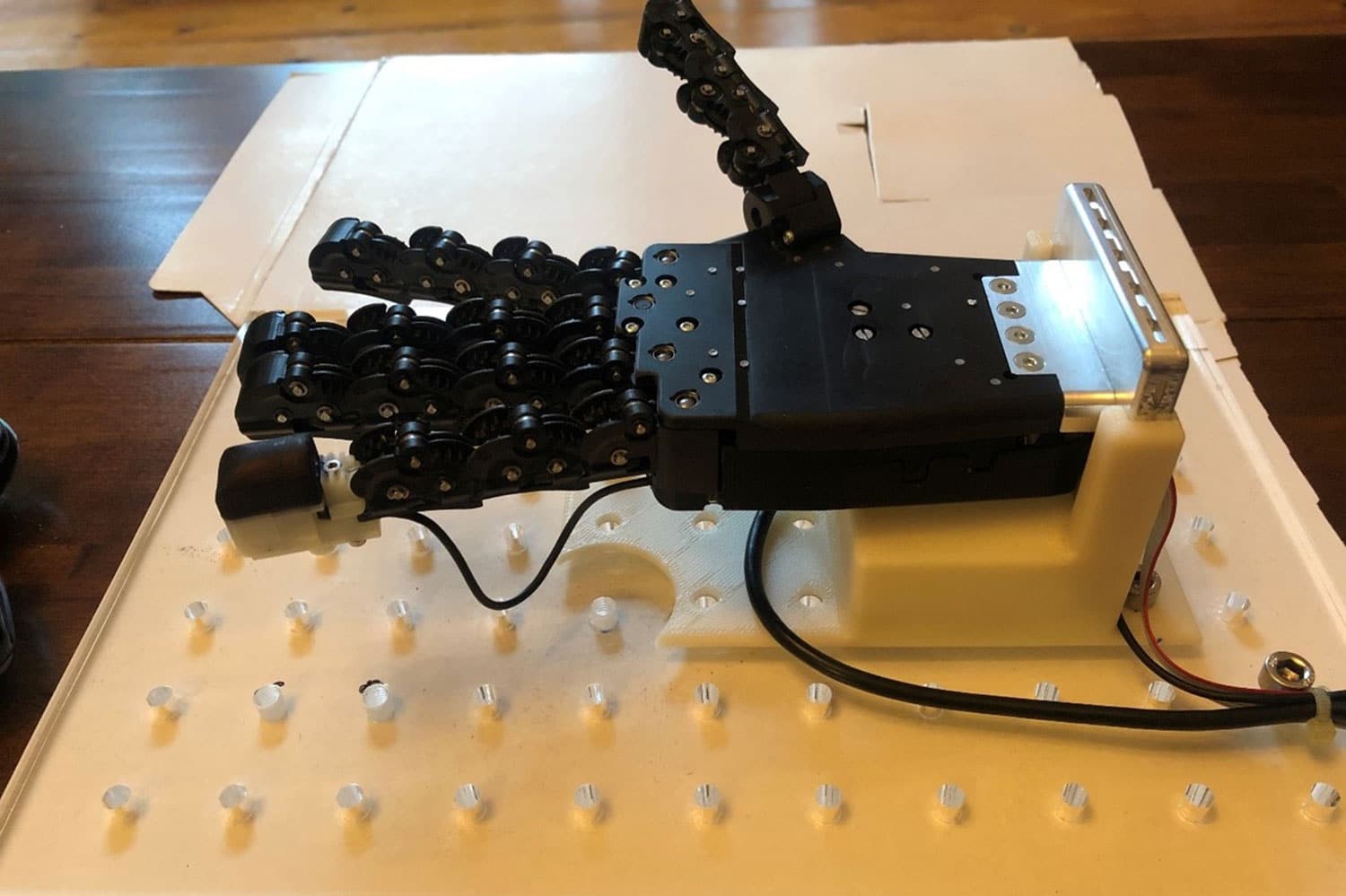
Robots suck at picking things up. Even in industrial settings, where picking robots are equipped with various types of grippers to handle objects, such as cans, on an assembly line, they can’t decipher between items of different shapes, sizes, and harnesses. Cameras, actuators, and motors help, but a sensory system that could give robots enhanced dexterity and tactile feedback would be a game-changer.
A team of researchers from the University of Bristol has come closer to giving robots a sense of touch through artificial skin. Researchers have succeeded in creating a highly-sensitive, 3D-printed fingertip that could help robots become more dexterous and improve the performance of prosthetic hands by giving them an in-built sense of touch like human skin.
“Our work helps uncover how the complex internal structure of human skin creates our human sense of touch,” said Nathan Lepora, Professor of Robotics & AI (Artificial Intelligence). “This is an exciting development in the field of soft robotics – being able to 3D-print tactile skin could create robots that are more dexterous or significantly improve the performance of prosthetic hands by giving them an in-built sense of touch.”
The sense of touch in the new artificial fingertip was created using a 3D-printed mesh of tiny pin-like papillae on the underside of the compliant skin, which mimic the dermal papillae found between the outer epidermal and inner dermal layers of human tactile skin. The papillae are made on advanced 3D printers that can mix together soft and hard materials to create complicated structures like those found in biology. The new fingertip was able to produce artificial nerve signals that mimic those of humans.
“We found our 3D-printed tactile fingertip can produce artificial nerve signals that look like recordings from real, tactile neurons,” said Professor Lepora. “In our work, we tested our 3D-printed artificial fingertip as it ‘felt’ those same ridged shapes and discovered a startlingly close match to the neural data.”
The research found a remarkably close match between the artificial fingertip and human nerve signals, but it was not as sensitive to fine detail. Professor Lepora suspects that this is because the 3D-printed skin is thicker than real skin, and his team is now exploring how to 3D-print structures on the microscopic scale of human skin.
The team is now working on making the artificial fingertip as sensitive to fine detail as the real thing. “Our aim is to make artificial skin as good – or even better – than real skin,” said Professor Lepora.
Highly sensitive, 3D-printed fingertip ‘feels’ like human skin
Source: Global Access News

No comments:
Post a Comment